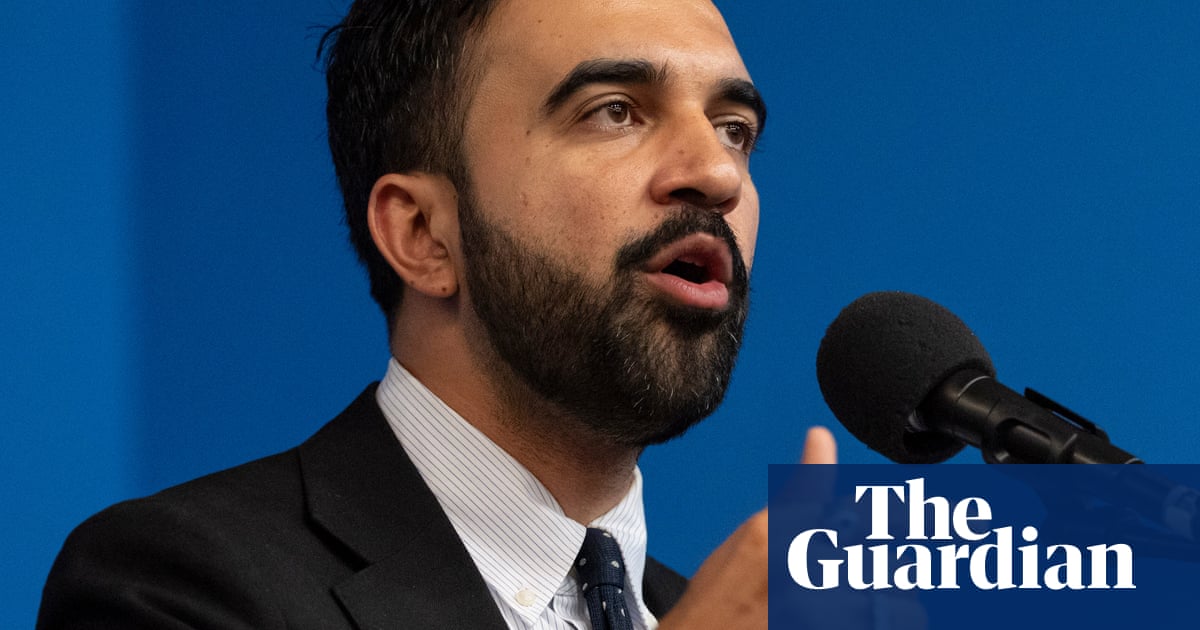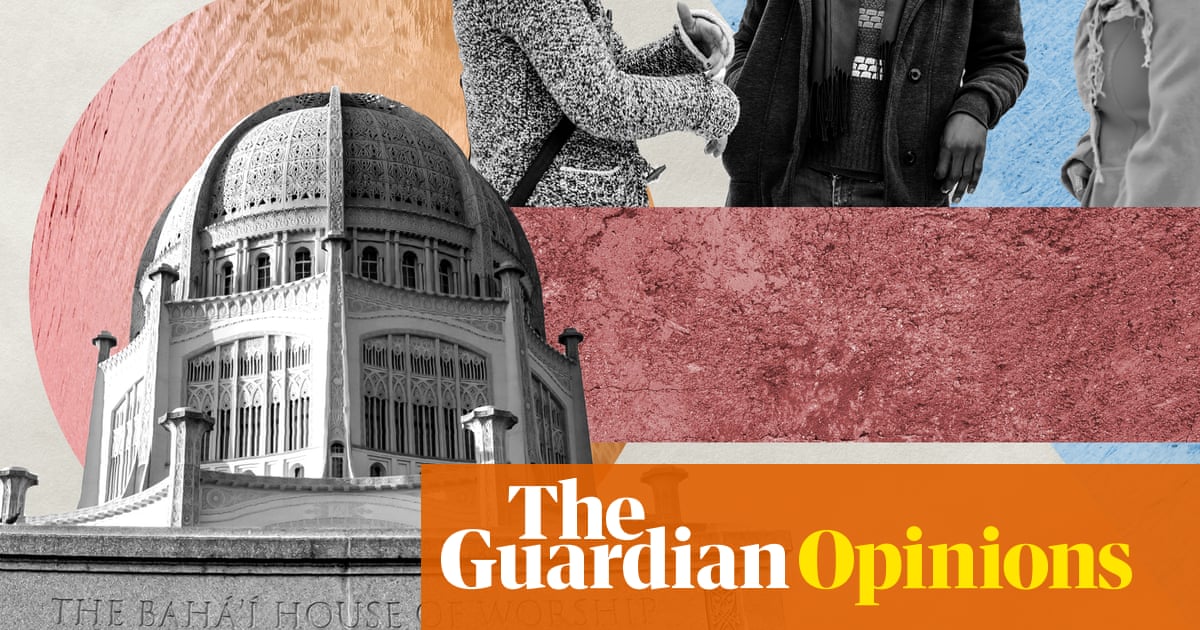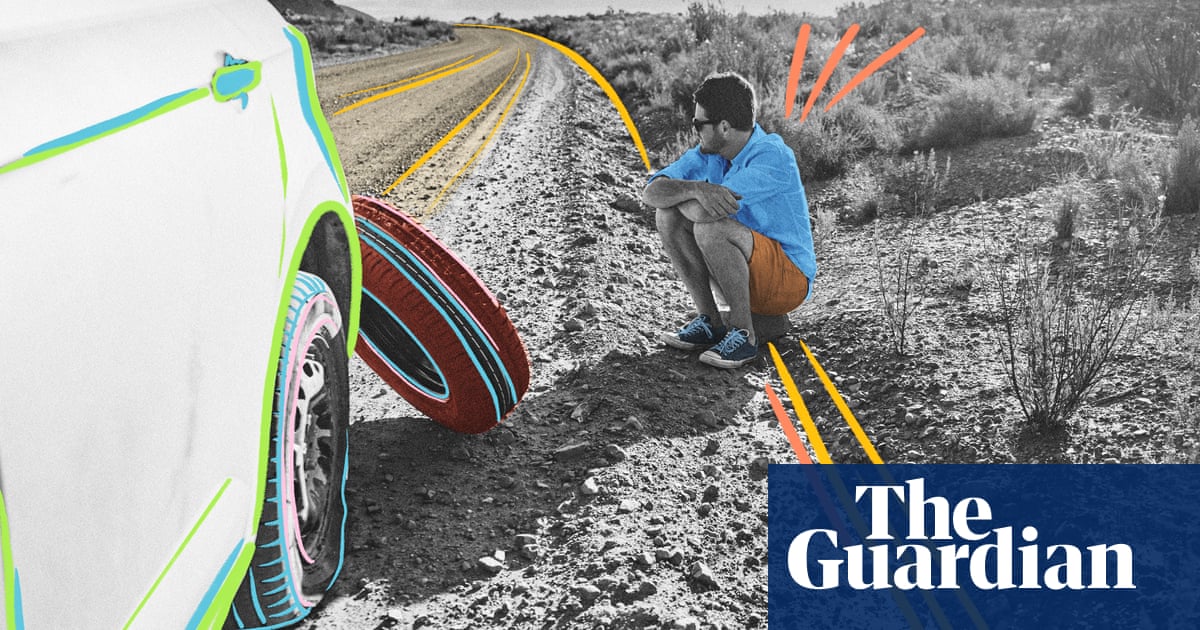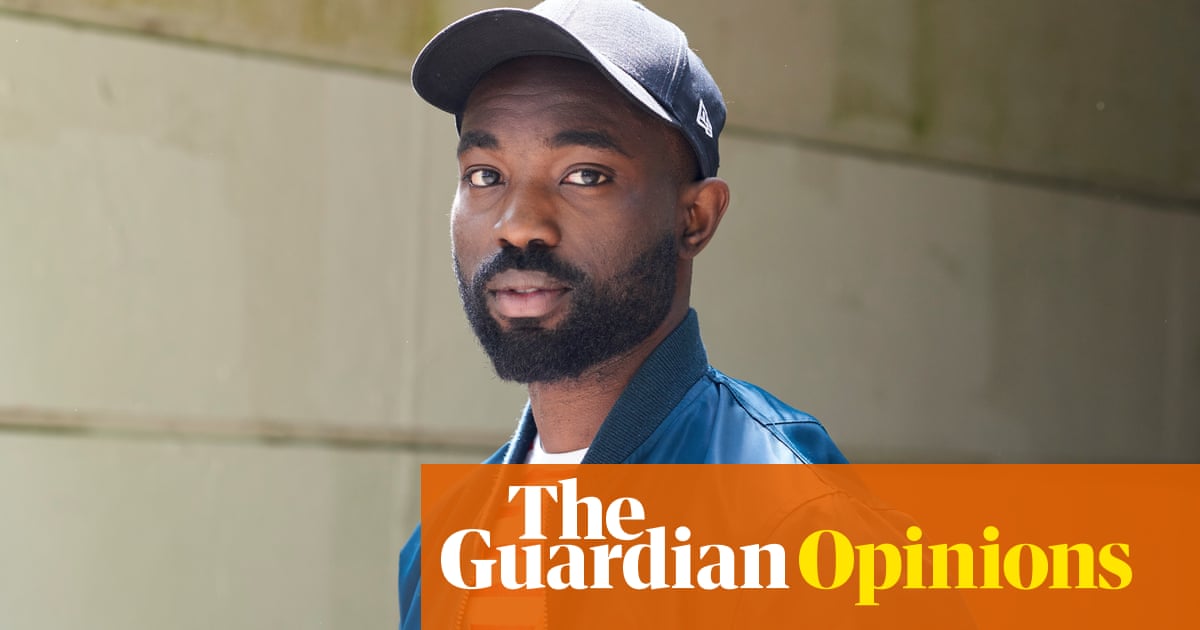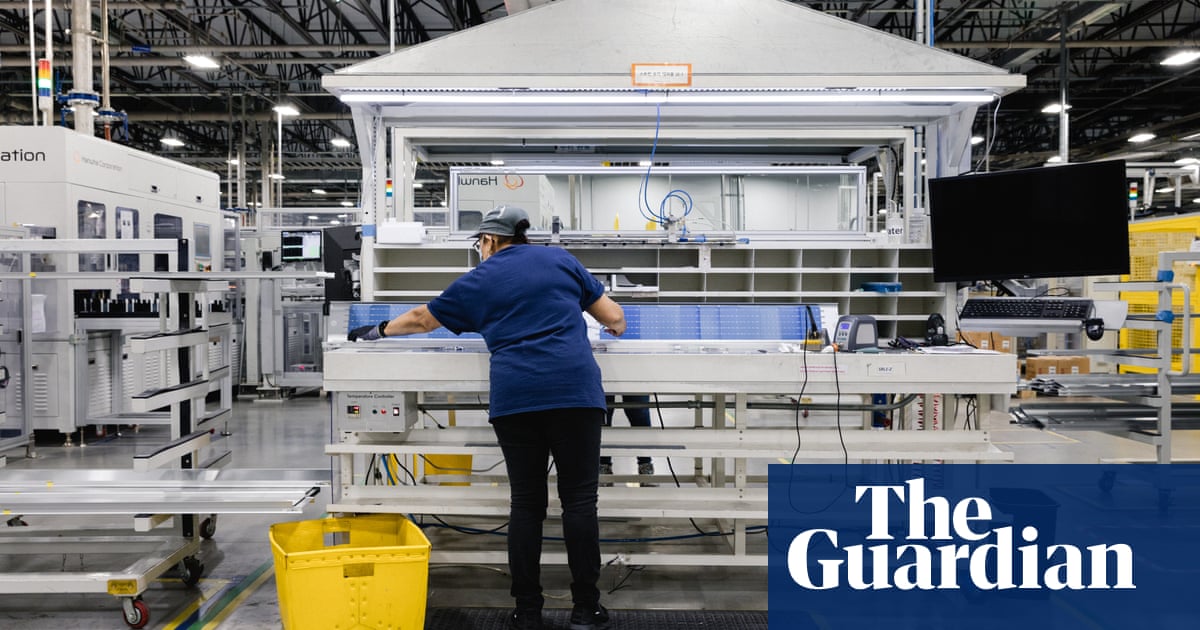Wimbledon, a fortnight of tennis, all-white dress codes, strawberries, Pimm’s, royals and its famous queue all awaits. What will probably be absent at the All England Lawn Tennis Club, however, is any mention of tennis’s upstart cousin, padel.
Unlike Roland Garros in Paris, which set aside a court for this cross between tennis and squash, there is no planned promotion of padel in SW19, something which may seem curious given that the racket sport is one of the fastest growing in the world.
But then again, tennis has not exactly embraced the newcomer. Take the grumblings of seven-time Wimbledon champion Novak Djokovic, for example, who has voiced fears that club tennis is “endangered” by venues converting tennis courts into smaller padel, or pickleball, courts, because it’s more economical.
Easier than tennis, with no overarm serve required, and fans including Andy Murray, Rafael Nadal, Lionel Messi and Cristiano Ronaldo, the UK has seen a trebling of people playing over the last year, with 400,000 taking to about 893 courts across 300 venues. Eight million Britons expressed a desire to try it, according to a recent survey by the LTA (Lawn Tennis Association).
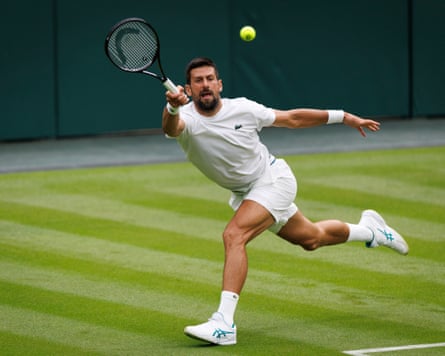
Padel organisers are hoping Wimbledon will see an even greater boom, as those inspired by the tennis but too intimidated to try, pick up a perforated padel racket instead. In anticipation, Plymouth city council has a pop-up court next to its big screen showing Wimbledon. Londoners can head to Tower Hill, where pop-up padel runs until October. At St Paul’s Cathedral, padel courts open from 4 August. So why can’t the two sports get along?
Fears that padel’s popularity is to the detriment of tennis were highlighted with news this week that the indoor courts at the Olympic tennis centre are be replaced by padel. It had, the Times reported, prompted backlash from “extremely livid” users and wheelchair tennis players.
The Lee Valley Hockey and Tennis Centre in east London said the conversions were to “grow participation across all ages”, but within two days 650 people had signed a petition calling for a reversal of the decision, a decision that was labelled “disappointing” by the LTA, the national governing body for both sports in the UK.
Padel, usually played in doubles, was invented in Mexico in the 1960s, and requires a walled court 25% smaller than tennis. Tennis, though, remains the bigger sport. About 9.5 million people in the UK played tennis at least once last year, with roughly 2.6 million adults and 1.6 million children playing it monthly. Compared to the 150,000 said to play it monthly, padel has a way to go.
Both sports are seeing “significant growth”, said Olly Scadgell, the LTA’s managing director of tennis and padel development. “Padel is smaller, but growing quickly.”
Despite Djokovic’s doom mongering, most tennis clubs are investing in padel where they have spare land, underutilised tennis courts or courts that require refurbishment, he said. “What we’re not seeing is padel cannibalising tennis participation.” The new audience was good for tennis clubs, said Scadgell.
What the LTA is keen to avoid is the conversion of indoor tennis courts, of which there is a lack in the UK, five times fewer than in France. It is aware that the financial returns padel can drive means a number of facilities may be considering this, and “we’re having open dialogue about what the options might be for them”. It is working with local authorities to find the most appropriate spaces for padel.
The LTA wants to “grow padel in a controlled way” to avoid a wild west scenario, and not to repeat Sweden’s example “where the growth of padel was exponential, with too many padel facilities built too closely together, and what you’re seeing now is a number of them closing,” said Scadgell.
Mark Hewlett, chief executive at Soul Padel, which builds and operates padel centres and venues, believes “evolution, not revolution” is required. By integrating padel, tennis clubs can diversify revenue stream and widen their demographic, with no jeopardy to tennis.
“I think tennis and padel can live as mutual bedfellows.”
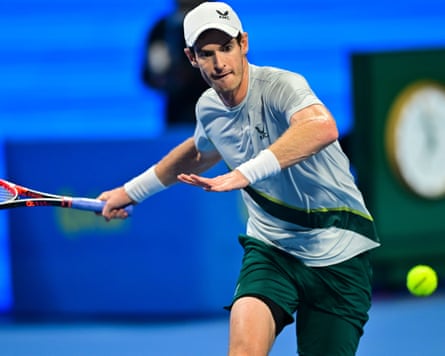
“Padel is like the cool, surfy, skateboarding version of tennis. You haven’t got that elitism, exclusive feel to padel.” He added: “You don’t feel intimidated walking into a padel club, whereas you can in certain tennis clubs.”
“In Italy and Spain, where padel is probably most popular, you’ve got the world’s two best tennis players, in [Jannick] Sinner and [Carlos] Alcaraz. So there’s something going very right for tennis and padel in those two countries. I don’t think one needs to exist to the detriment of the other.”
Neil Percival, director of UK Padel, the largest provider of padel tournaments in the UK and which owns several clubs, believes organisations and venues will use Wimbledon “to showcase padel as a fun form of tennis”.
“Most people still haven’t tried padel. Now they are at a point where they are thinking about trying it,” he said.
“What padel will do for tennis, it will allow people who have never been interested in tennis to play padel, a form of tennis. That is already happening. If it attracts people to tennis clubs as well, that’s an enormously positive thing for the overall game of tennis.”

 10 hours ago
4
10 hours ago
4

